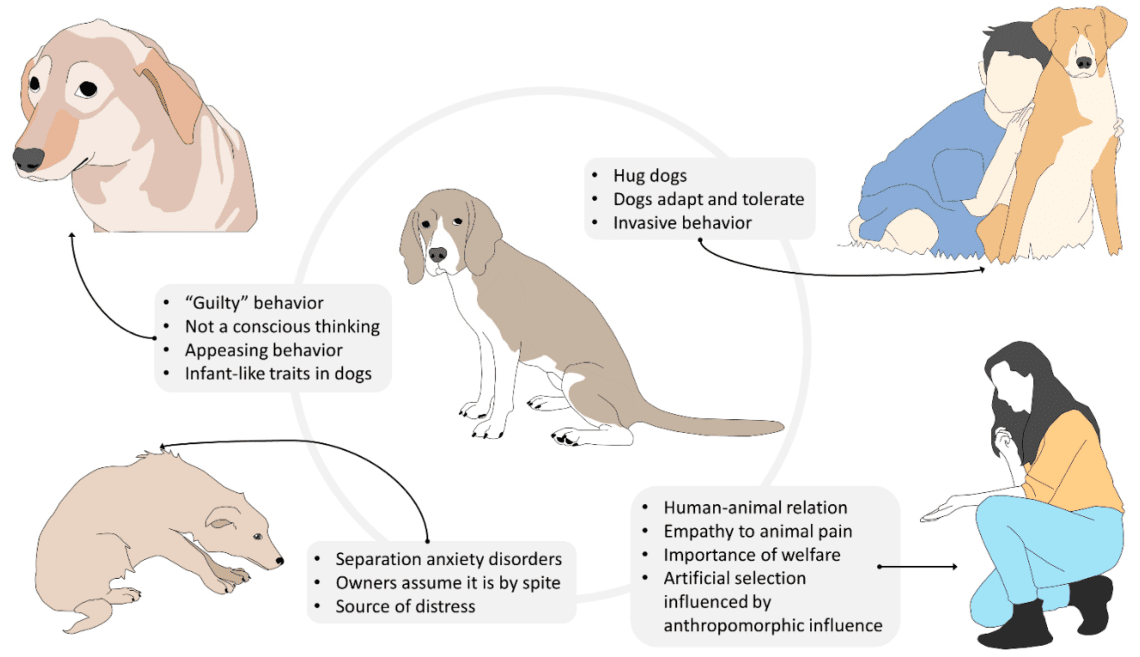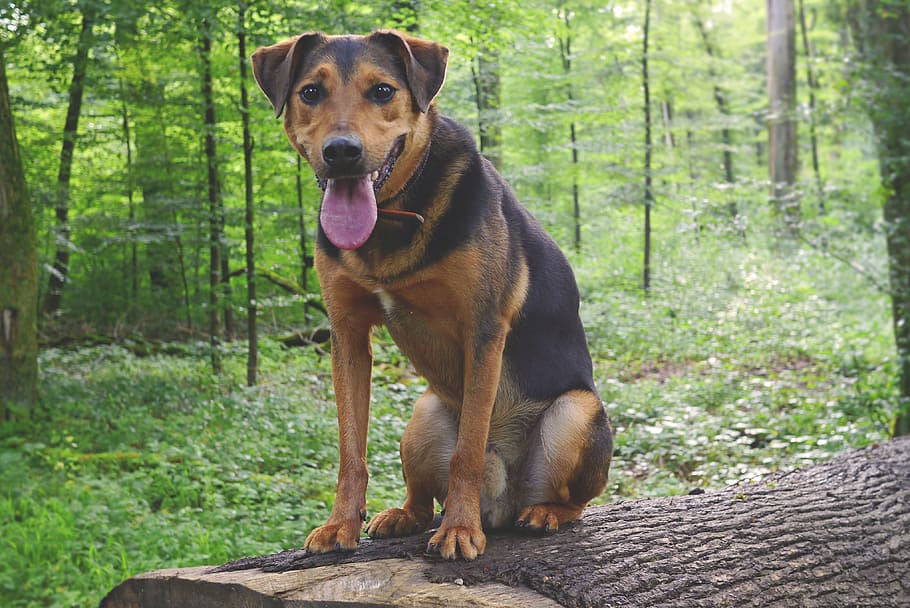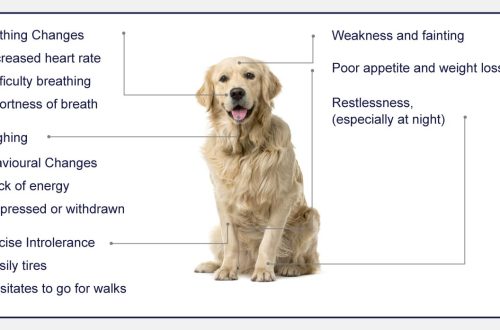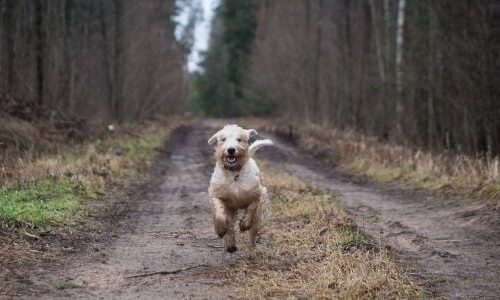
Diagnosis by photo: is it possible to assess the character of a dog from a photograph?
You have decided to adopt a dog from a shelter and are looking at photos of which there are a huge number on the Internet. And it often happens that the decision to take this or that dog is made without a personal acquaintance, solely on the basis of a photo and a story of curators. But is it possible to assess the character of a dog from a photograph? After all, you live with character, not appearance …

Unfortunately, it is impossible to make a diagnosis from a photo and evaluate the character of a dog. For several reasons.
- If you see a mestizo, then the outward resemblance to a particular breed, which some owners “bought” for, is often deceptive. In addition, it is far from always possible to correctly determine what kind of dogs “ran” in their ancestors. For example, if the photo shows a large or medium-sized wire-haired dog, among its ancestors there may be schnauzers, terriers or pointers – and all these groups of breeds are very different in character, because they were bred for different purposes.
- Of course, you can get primary information from a photo if you can “read” the dog’s body language. For example, if the dog feels confident, his posture is relaxed, his ears lie down or stand still, his tail is not tucked in, etc. However, not everyone can correctly interpret dog signals.
- In addition, the behavior of the dog in the photo is also affected by the environment (familiar or unfamiliar), people, and other stimuli (for example, photographers often use different sounds to attract the attention of a dog). So a dog that looks insecure (looks to the side so that the whites of its eyes are visible, tucked its paw, flattened its ears, pulled the corners of its lips, etc.) may be reacting to a new environment and a large number of strangers, or maybe be timid by default.
- Beyond that, a photo is static, one moment out of many, and you can’t know what came before it and what happened after. So, you can not evaluate the behavior of the dog in dynamics.
So no photograph can replace a personal acquaintance (or rather, several meetings) with a dog that you liked from the picture and the curator’s story.





